When launched, these cars were applauded as valuable additions to the manufacturer's portfolio. Soon after, however, they were consigned to the history books as failures. For those on the lookout for a bargain, however, these compromised cars could be worth looking at.
1 - Aston Martin Cygnet (2011-2013)
Eyebrows were raised when Aston Martin revealed plans to dip a toe into the supermini water. That it chose the 97bhp Toyota iQ as a basis raised them still further.About 150 examples were built, but sales of the £32,000 Cygnet were slow.
In essence, the Cygnet isn’t a bad car. It may be a little short on performance, but it drives well enough and has a handsomely appointed interior and a quality of Aston-applied paintwork that needs to be seen to be appreciated.
Exclusivity ensures that the opulent baby Aston remains an expensive toy. Expect to pay £20k to get one, but if you hold on to it, those prices could well go up.
2 - Ford Ka (2008-2015)
The original Ford Ka was cheap to buy, a hoot to drive and seemingly styled to resemble a garden snail.
The replacement was and, in fact, remains a dog. Sharing a talentless platform with the Fiat 500, the current Ka entirely lacks the original car’s charm and brio. It’s nasty to be in, flat to drive and a criminally poor way to reprise the Ka name.
It’s not like buyers haven’t noticed, either. The original car was a perennial segment best-seller. The current one isn’t even close. Instead, search out a non-rusty original Ka for £1000 and you won’t regret it.
3 - Saab 9-3 (1998-2012)
Saab had a well-earned reputation for building high-quality, thoughtful cars with a definite Swedish quirk and it enjoyed a loyal following as a result. Once the brand was assimilated into General Motors, though, the cost savings were fairly quick to emerge.
The original 9-3 was an improved version of the 900 that preceded it and sported Saab engines mounted on its requisitioned Vauxhall Cavalier chassis. However, from 1998 onward, the 9-3 was little more than a Vectra in Swedish national costume.
The 9-3 looked great and some were properly fast, but it lacked the Scandinavian charisma beloved by those loyal customers, who drifted off to buy premium German cars.
4 - Alfa Romeo Arna (1984-1986)
On paper, it made perfect sense. Match up the pragmatic build of a Nissan with a soulful Alfa flat four and you’d get a well-made, charismatic hatch. It didn’t turn out that way, though. The Arna looked like a Nissan Cherry with a Alfa Romeo grille, because that is what it was. Nearly 62,000 were made, but you’ll have to look hard to find one - and if you do, you’ll wonder why you bothered.
5 - Triumph Acclaim (1981-1984)
The arrival of the Honda Ballade with Triumph badging resulted in the fewest warranty claims of any BL car and lots of comfort. But brand evangelists just couldn’t accept that it was a Triumph. With no ties to its Triumph heritage other than decals and the fact that it was assembled in Britain, it was a sad way to sign off this evocative old brand. Rarity ensures that prices are on the up, but £500 will still get you behind the wheel.
6 - Jaguar X-Type (2001-2009)
Jaguar needed a compact executive car, but Jag fans never took to the X-Type. One reason is that it shared much of its underpinnings with the Ford Mondeo, so it wasn’t seen as a ‘proper’ Jaguar, and conquest sales from German rivals never arrived because it had a choice of thirsty V6 petrol engines when the market wanted four-cylinder diesels.
Sales never got close to targets, even when the diesels arrived in 2003. Even with a handsome-looking estate variant, plush interiors and a diesel automatic option, the line-up was canned in 2009.
Get the latest car news, reviews and galleries from Autocar direct to your inbox every week. Enter your email address below:

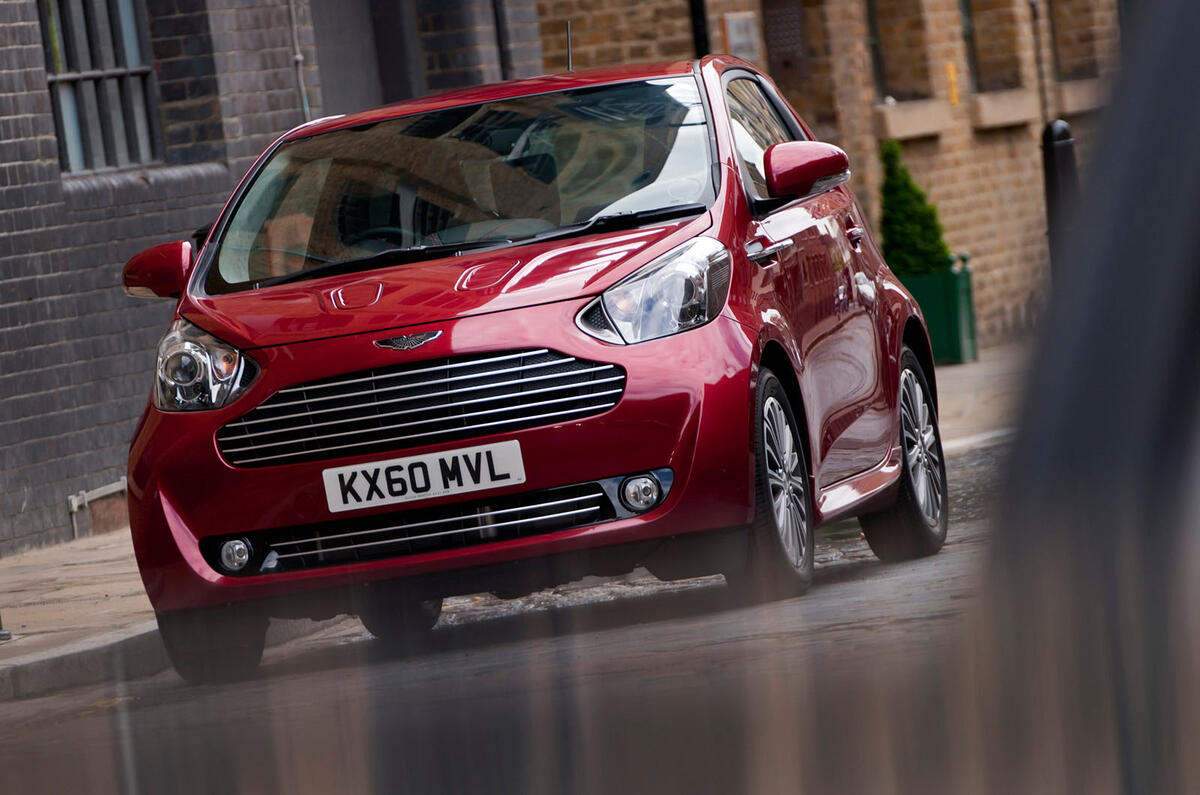
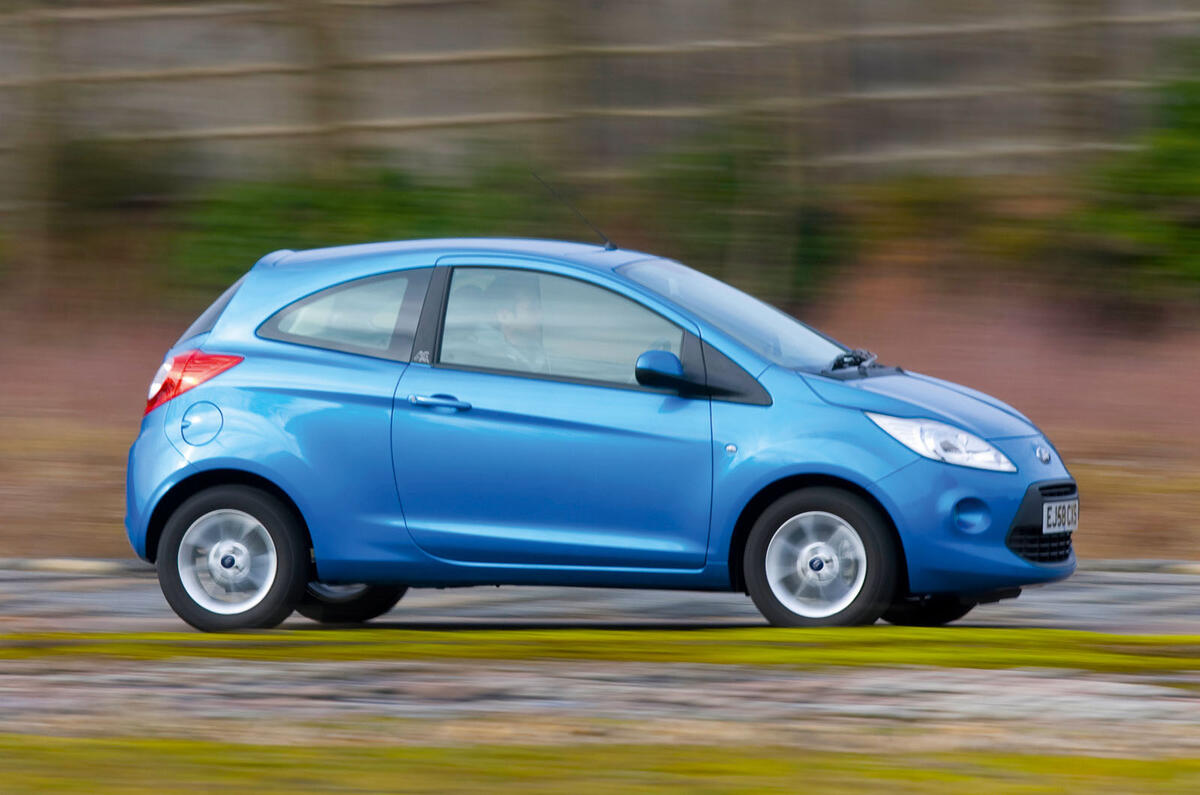
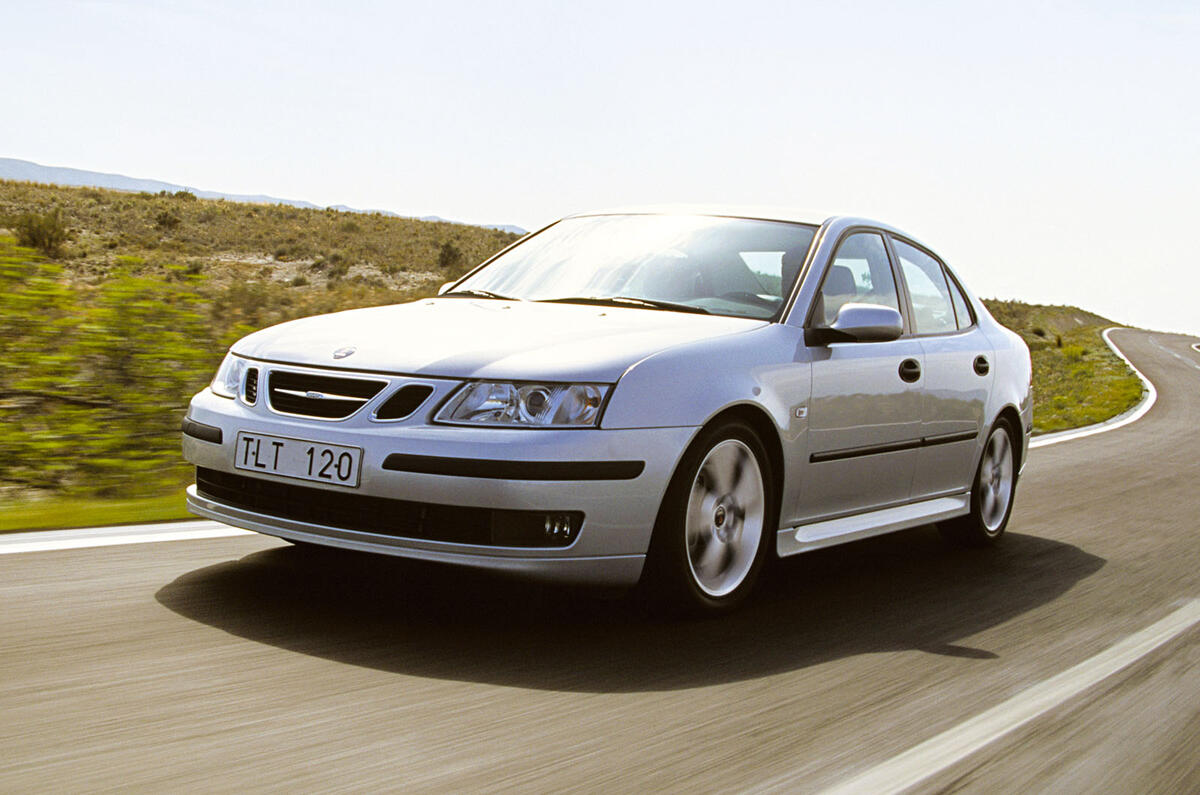
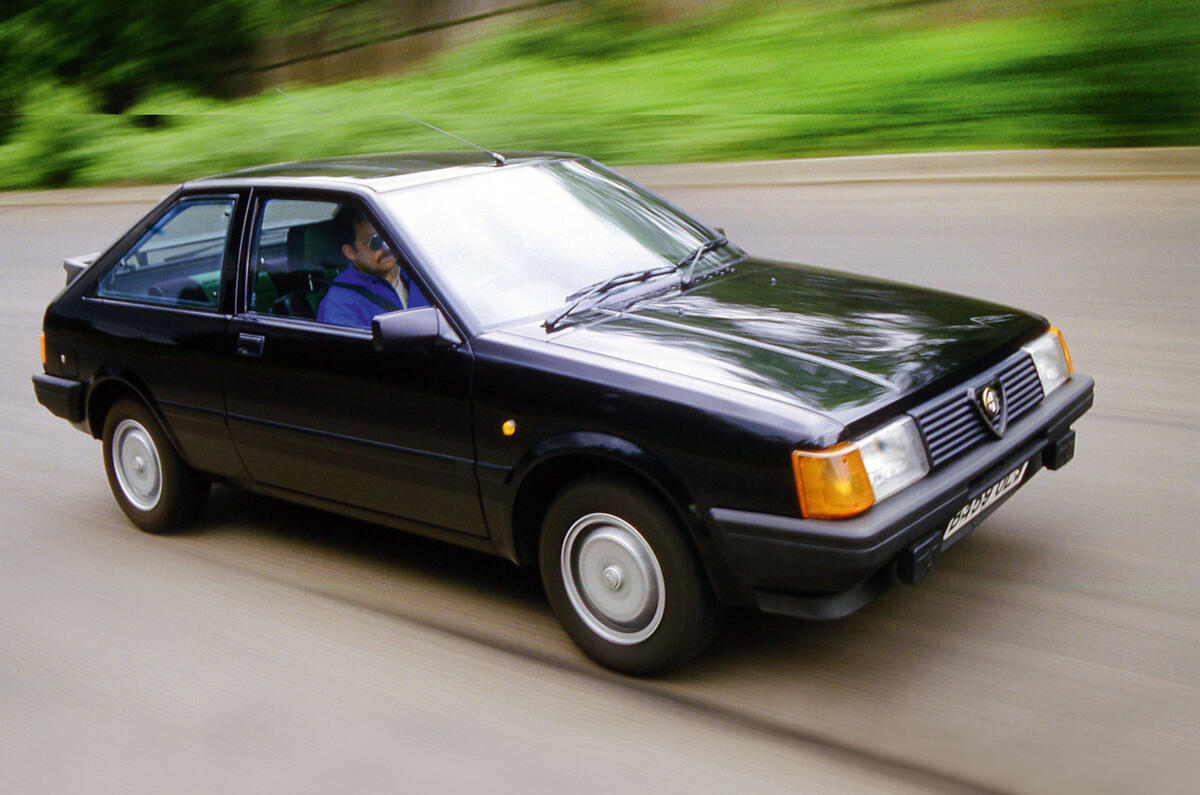
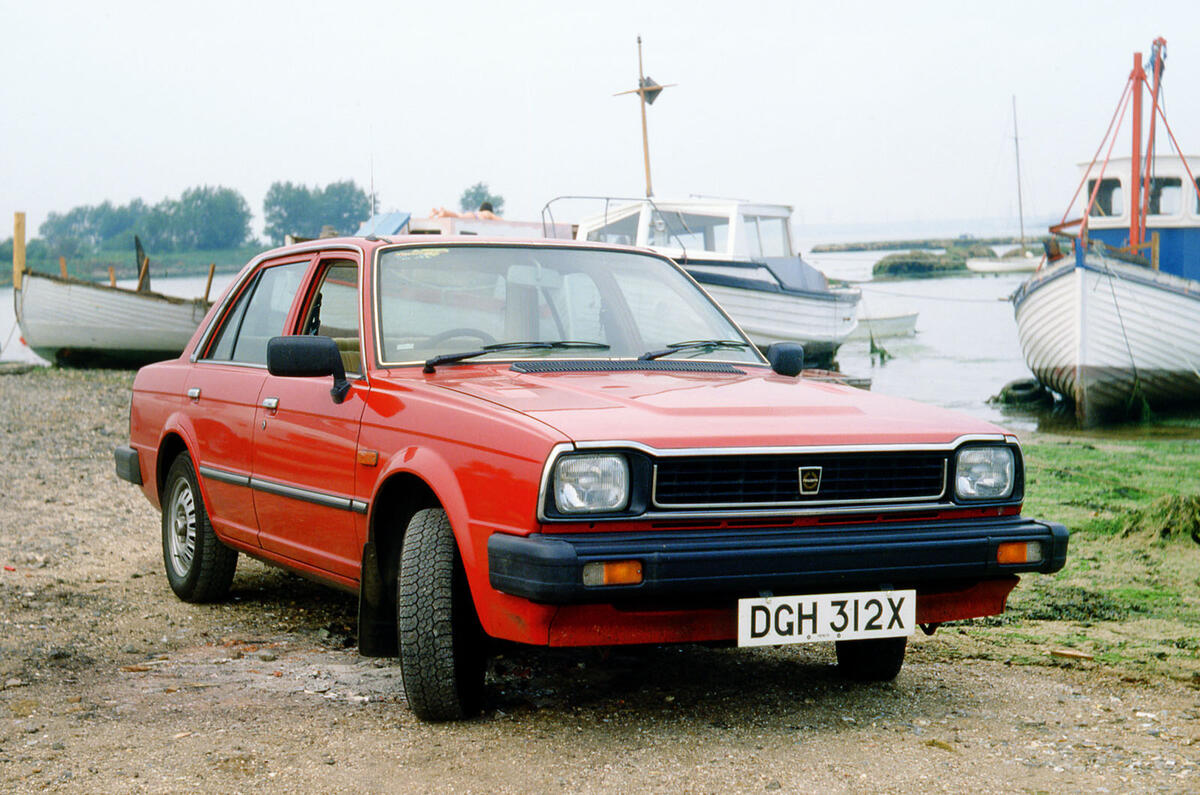
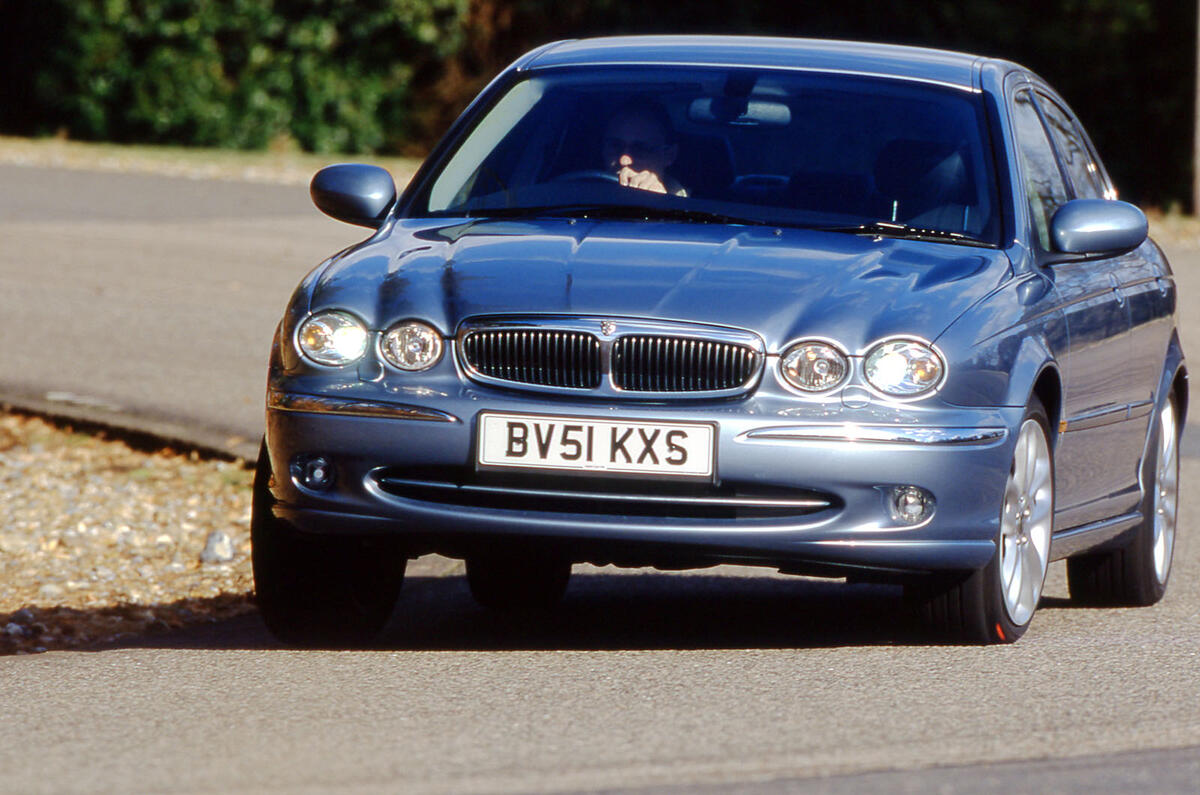
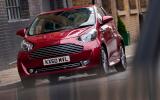
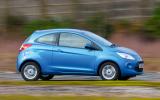
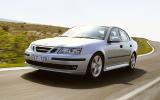
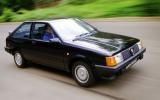
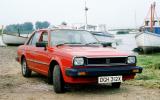
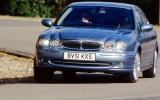


Join the debate
Add your comment
Too harsh on the Ka
The problem with the X-Type
Bit harsh on the Saab 9-3,